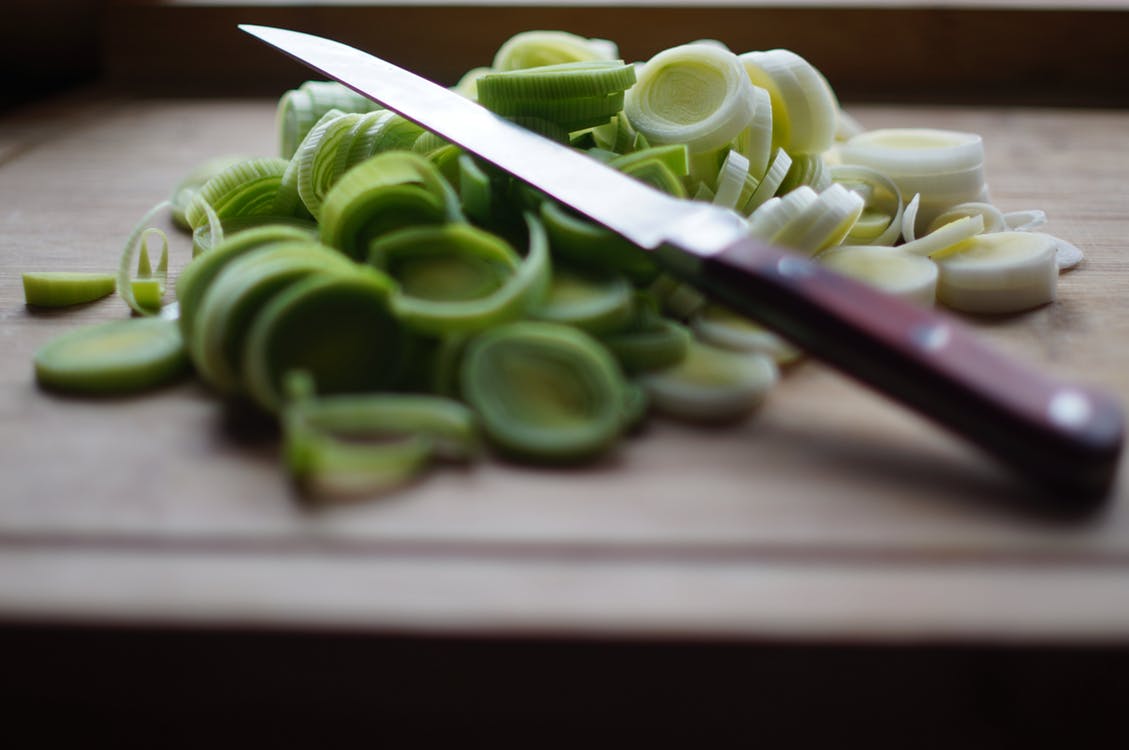What Really Damages Your Skin?
It’s surprising just how delicate skin can be. The skin on your body is responsible for protecting everything on the inside. It holds in moisture and helps to prevent germs, dirt, and bacteria from reaching essential organs. It will give you away, too. Your skin will reveal when you’re unwell, or not looking after yourself, by changing texture and color. It will even give away your age!
Of course, there are parts of your body where the skin is so thin it must be protected carefully. Your lips are just one area where special attention needs to be given. The reason for the skin being so thin is so that you have even greater sensitivity. And it also offers that great rouge color too!
So how can you protect the skin when it is fragile and delicate? And what are the consequences of damaging it? Here are just a few signs of damage to your skin, and how you can help your body heal again:
Cuts
Cuts can happen at any time anywhere. Your pet might catch you with a claw. Or maybe you caught yourself on a zipper. We cut ourselves chopping vegetables, and the pain of a papercut makes you appreciate the digital world so much more! Of course, there are deliberate cuts and incisions that we might have. Operations and surgery often require a cut or two, followed by stitches. You might have had a caesarean, or even keyhole surgery.
Sometimes, you don’t mind bearing your battle scars. But there are times when you wish you could just hide it. Scarred skin is different from the skin around the cut because it was produced differently. There are products like Dermefface FX7 that might help reduce the appearance of that scar tissue. This type of approach can help you feel less conscious about it. When a scar brings back bad memories, reducing its appearance can sometimes be beneficial in other ways.
Scrapes
What child hasn’t scraped their knee? Most kids have bumps and scrapes. It’s a sign of a healthy, active childhood. Sometimes it will bring on a teary, especially if it feels sore. A scrape literally scrapes off the top few layers of skin. These are often the toughest layers of skin, even for children. It means the newer, more sensitive and fragile layers of skin can be left exposed. A little bleeding is common, and sometimes it can produce a yellowy liquid that looks quite awful.
Taking care of a scrape is simple to do, but you might want to leave it open to the air to ‘dry out.’ Antiseptic cream or spray can initially sting so much it’s worse than the original injury! However, it’s worth using, especially if the scrape came from the ground or other dirty surface. It’s up to you if you dress this. Consider the open area’s vulnerability to additional abrasion or germs. Scrapes rarely scar, but the healed skin can sometimes feel or appear less smooth.
Stretch Marks
So many women wear their pregnancy stretch marks with pride. They are a great testament to an incredible experience. Of course, they can also be marks that bother others. It’s not just pregnancy that causes stretch marks. Weight gain, or simply growing rapidly can stretch the skin and leave marks.
Your circulation in that area can give them a more prominent appearance. Sometimes they are white and barely noticeable if your skin tone matches closely. Other times, they are red or silvery, especially in colder weather. This makes them much more noticeable and can make you feel quite self-conscious at times. Keep the circulation in the area healthy with gentle massage and exercise. You can also try body butters to offer the skin extra moisture. This is thought to help the skin retain more elasticity to cope with the stretch.
Acne
Every teen’s worst nightmare! However, acne can turn up at any time in life. While it is often caused by hormone changes, the health of the skin can degrade to prolong the infections and other problems we term as acne. As a teen, there are many medicated creams that can help reduce the inflammation and bring the pus under control. As an adult, these are often too strong and could cause further damage.

The scarring from acne isn’t just caused by trying to drain the affected areas with your fingertips (squeezing). Long-term infections like this fill cavities in your skin that are then left empty, leaving pockmarks. Some laser treatments have been developed to reduce the visibility of these problems. Dermabrasion can help smooth the skin too.
Boils
Boils anywhere on your body are incredibly painful. It is often best left to a doctor to lance and drain them, to reduce the spread of the germs and prevent infection. Sometimes antibiotics are required. Some boils on the face, neck, ear or head can be quite dangerous, so see your doctor.
The trouble with boils is they stretch the skin a lot. Once they are drained, you might be left with excess skin and a scar from the cut. As boils often appear in places others can’t see it might not bother you. But if it is a problem, it’s important to care for this skin. Keep it clean and uncovered if possible. Change any dressings as directed. When it has healed, keep it moisturized without letting it get oily.
Burns
Minor burns in the kitchen often don’t bother us once we’ve taken the heat out of it under a cold tap. More serious burns should be treated by a medical professional. The heat that is trapped under the skin causes blisters. If these burst, germs, and bacteria can get inside and cause nasty infections. This is why you should never pop blisters!
Eventually, the fluid inside a blister will drain away on its own. It may be painful while it is there, and may leave some faint mark when it has gone. However, the burnt area itself is likely to scar. Dry burns can look like any other scar – white and stood proud from the skin. Scalds or chemical burns can vary in color and texture. It’s important these are treated by your doctor, and then follow their recommendation for a cream application.
Cysts
Small white lumps in the skin might be cysts or milia. They are often hard and round, and firmly attached deep in the skin. Removing them can cause bleeding, infection and permanent damage to that area of skin. It’s possible they are caused by old, dead skin cells grouping together if they are not sloughing away naturally. In some areas, particularly around the eye, they can be a sign of high cholesterol. Check with your doctor or dermatologist.
Tia, and TipsfromTia.com is trying to keep you looking good and
feeling good, from the inside out. If you’ve got a problem or a tip email me! Be sure to Like and share on Facebook or Follow on Twitter or Instagram


